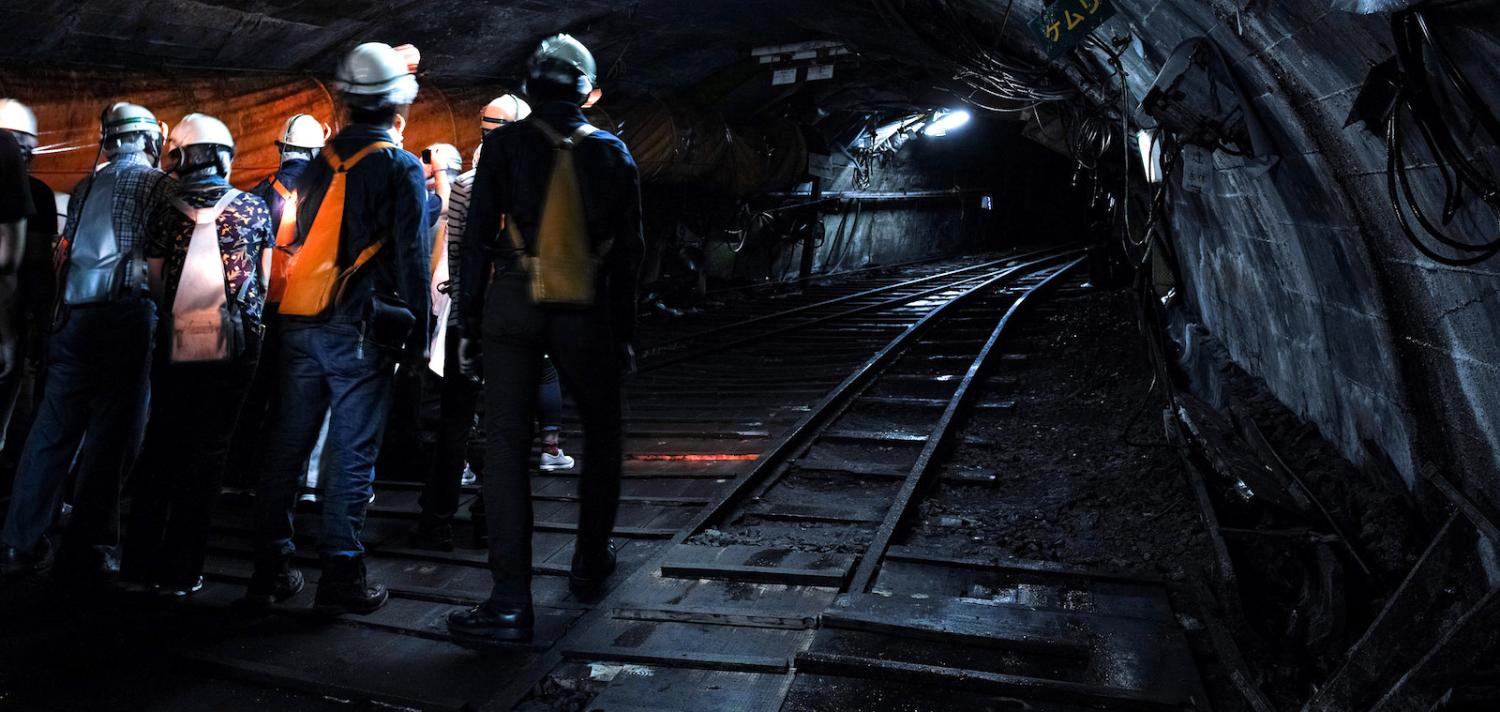At first glance, it appears a sea change is underway in how Japanese banks and financial firms treat fossil fuels. According to a comprehensive study released by 350.org in September – Energy Finance in Japan 2018 – Japanese financial institutions underwrote over US$80 billion in loans for energy development from January 2013 to June 2018, with $40 billion going into coal development and only 38 among the 151 institutions surveyed having no involvement with coal, fossil fuel, or nuclear projects. Over the past several months, several major banks and investment groups have announced their intention to change course.
Soon after Dai-Ichi Life Insurance announced it would begin to cut funding for new overseas coal projects this past May, three of Japan’s largest banks – Mitsubishi UFJ Financial Group (MUFG), Mizuo Financial Group, and Sumitomo Mitsui Banking Group (SMBC) – all announced revisions to their lending policies that would limit coal funding only to high efficiency coal. Revisions spearheaded by MUFG tie its lending conditions to OECD standards, which only allow lending to ultra-supercritical coal plants.
Japan is one of the only major developed countries to have shifted significantly towards renewed coal use.
In September, energy conglomerate Marubeni also announced it would no longer build new coal plants and would reduce its ownership of coal fired energy assets in half by 2030. The company, which owns 3.5 GW of coal capacity, and planned to build 13.6 GW more, came under pressure from the refusal of foreign banks such as Dutch Bank ABN AMRO to provide funding.
While Japan’s financial sector may seem to be distancing itself from fossil fuels, government energy planning shows an enduring role for coal in the country’s power mix. Indeed, while much of the industrialised world insists on transitioning to renewable energy sources, Japan is one of the only major developed countries to have shifted significantly towards renewed coal use. This change is coming from the top, with Japan’s government anticipating coal will provide 26% of Japan’s electricity by 2030 – abandoning a prior goal of reducing dependency on coal to under 10%. In fact, Japan has begun operations for eight new coal plants within the last two years, and plans an additional 36 in the coming decade.
Fukushima trauma
How does Japan’s reputation for being on the forefront of technological advancement fit with this commitment to coal? What has spurred this dramatic change of heart for a country that was once leading the way towards a nuclear-powered future?
The answer lies in the devastation wrought by the great Tohoku Earthquake of 2011 – the largest ever recorded in Japan – and the subsequent meltdown of the Fukushima nuclear power plant. Damage to the emergency generators designed to cool down the reactors led to three nuclear meltdowns, hydrogen air explosions, and a massive release of radioactive materials. The disaster eventually went down as the most serious nuclear accident since Chernobyl.
In the aftermath of Fukushima, Japan’s government acted swiftly in shutting down all of the country’s 54 nuclear reactors as they awaited revised and more rigorous safety standards. Since then, only a fraction of those reactors have come back online. Instead, with Japanese public opinion now resolutely against reviving the country’s nuclear capacity, coal energy options have emerged as viable alternatives.

Balancing coal investment and climate goals
Critics argue this embrace of coal use would undermine Japan’s pledges to cut greenhouse gases 26% below 2013 levels by 2030 and 80% by 2050. Power industry figures, meanwhile, retort that carbon emissions can be limited by the use of advanced coal technologies and especially by emerging systems for carbon capture.
The ultra-supercritical criterion put forward by lenders such as MUFG and SMBC speaks to Japan’s status as one of the world’s most advanced exploiters of coal power. The ultra-supercritical bar holds coal plants to an efficiency threshold of 42%, which means lower emissions compared to the older, less efficient “subcritical” models that are far more prevalent globally. The country already has the most efficient coal power fleet of any country, with an average operational efficiency of 41.6%, as well as the world’s cleanest coal plant – the 600 MW Isogo Thermal Power Station.
When it comes to maintaining these rigid standards, banks and bureaucrats are of the same mind. In July, the government announced the 42% threshold would be obligatory for new large-scale coal power projects moving forward.
One eye on China
Even as Japan’s political and financial worlds send mixed signals on domestic energy production, the country is locking horns with China in a race to build coal fired plants throughout Asia. Between 2010 to 2017, the Japan Bank for International Cooperation (JBIC) was involved in five coal power financing deals, while China’s EXIM bank inked seven and the China Development Bank signed five more. Through the Japanese-led Asian Development Bank, Tokyo has pledged $6.1 billion for projects throughout Southeast Asia to counter China’s influence in the region.
At the same time, the Trump administration in the United States is placing renewed focus on fossil fuels within the framework of a “Clean and Advanced Fossil Fuel Alliance”. The Japan-United States Strategic Energy Partnership (JUSEP), launched in 2017, also calls for a joint commitment by the two countries to build high-efficiency coal plants throughout South and Southeast Asia, as well as Africa.
With this regional energy competition ramping up, it hardly seems Japan’s investment in coal will soon slow down. While the financial industry raises its standards for extending support to coal projects, continued fears about the safety of nuclear plants and the Japanese government's own commitment to baseload coal capacity make the shuttering of older and less efficient plants – and their replacement with high efficiency, low emissions facilities – the most likely concrete outcome of these recent shifts.


